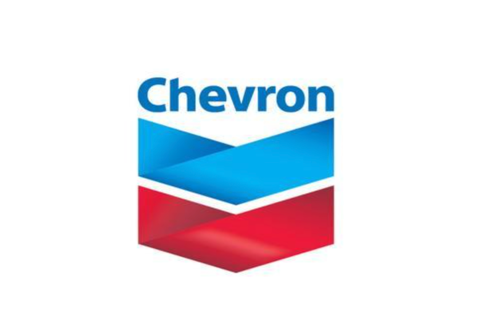Chevron Corporation (NYSE: CVX) just signaled a major shift in how Big Oil plans to power America’s next growth wave — artificial intelligence. During its 2025 Investor Day, Chevron announced plans to build its first large-scale natural-gas-fired power project dedicated to an AI data center in West Texas, targeting first power in 2027.
Completions Engineer plays a critical role in the oil and gas industry, specifically in the final phases of well construction and preparation for production.
From Wells to Watts: A 2.5 GW Off-Grid Power Model
The project, now in exclusive negotiations with an unnamed “premier customer,” is designed to deliver 2.5 gigawatts of off-grid power — enough to supply roughly two million homes — with scalability for future demand.
Chevron CFO Eimear Bonner said negotiations are “progressing at pace,” emphasizing that Chevron is “uniquely positioned to deliver a competitive project that underscores U.S. energy abundance and powers American AI growth.”
This move positions Chevron as not just a producer of hydrocarbons but a direct supplier of energy to the AI infrastructure boom, leveraging the Permian Basin’s abundant gas and existing infrastructure to bypass the stressed U.S. power grid.
Why West Texas?
West Texas sits at the crossroads of two megatrends:
- Natural gas oversupply and constrained takeaway capacity from the Permian Basin.
- Explosive power demand from hyperscale AI and data-center developers seeking reliable, low-cost electricity beyond the congested ERCOT grid.
By going off-grid, Chevron avoids the transmission bottlenecks that have slowed other projects — using its own gas resources, turbines, and land footprint to create a closed energy ecosystem. The company’s January partnership with Engine No. 1 and GE Vernova (a gas-turbine manufacturer) foreshadowed this exact strategy.
A Capital Discipline Story — With a Growth Edge
Chevron paired the announcement with updated financial guidance:
- Annual production growth: 2 – 3% through 2030.
- Capital spending: trimmed to $18 – $21 billion (from $19 – $22 billion).
- Free-cash-flow growth: > 10% annually at $70 Brent.
That balance of lower spend and disciplined growth reinforces the “Permian 2.0” model — capital-efficient expansion anchored by downstream and midstream integration.
Implications for the Energy Value Chain
Chevron’s project signals a structural shift in U.S. energy monetization:
- Gas-to-Power Integration:
Natural gas, once constrained by pipeline bottlenecks and low spot prices, now finds new life as on-site fuel for AI-driven load centers. - New Midstream Demand:
Expect secondary buildouts — compression, gathering, and water management — to serve this closed-loop generation hub. - Industrial Diversification:
Oil & gas operators are emerging as critical enablers of digital infrastructure, transforming from commodity suppliers to strategic energy partners.
The Bigger Picture
Chevron’s move echoes a broader trend: energy companies partnering directly with hyperscalers to provide dedicated natural-gas-to-AI power.
As AI models become more compute-intensive, the demand for secure, scalable, and low-carbon baseload power is surging. Chevron’s West Texas project could mark the first of many oil-major-driven data-center power deals.
Key Takeaway
Chevron’s 2.5 GW West Texas project isn’t just another power plant — it’s a signal.
Natural gas is becoming the bridge fuel between hydrocarbons and high-performance computing, and the Permian Basin may be ground zero for this new industrial revolution.


